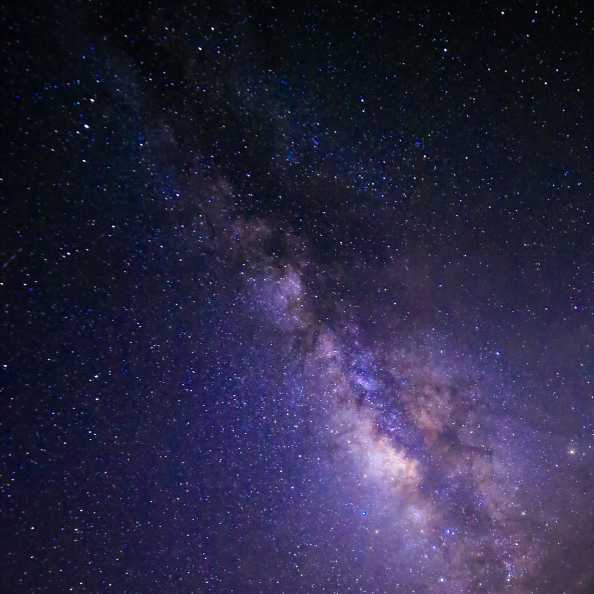
Photo source: Thinkstock
Geneva
Scientists have created the largest-ever virtual universe that simulates the formation galaxies and may hold clues to the nature of the elusive dark matter that is believed to make up majority of the cosmos.
The gigantic catalogue of about 25 billion virtual galaxies generated from 2 trillion digital particles using a super computer is being used to calibrate the experiments on board the Euclid satellite, which will be launched in 2020.
The satellite will investigate the nature of dark matter and dark energy.
The computer code called PKDGRAV3 took three years to complete was executed on the world-leading machine for only 80 hours, and generated a virtual universe of two trillion macro-particles representing the dark matter fluid, from which a catalogue of 25 billion virtual galaxies was extracted, researchers said.
Due to the high precision of their calculation, featuring a dark matter fluid evolving under its own gravity, researchers simulated the formation of small concentration of matter, called dark matter halos in which they believe galaxies like the Milky Way form.
About 95 per cent of the universe is dark. The cosmos consists of 23 per cent of dark matter and 72 per cent of dark energy, researchers said.
"The nature of dark energy remains one of the main unsolved puzzles in modern science," said Romain Teyssier, professor at UZH.
This new virtual galaxy catalogue will help optimise the observational strategy of the Euclid experiment and minimise various sources of error, before the satellite embarks on its six-year data collecting mission in 2020.
"Euclid will perform a tomographic map of our Universe, tracing back in time more than 10-billion-year of evolution in the cosmos," said Joachim Stadel from UZH.
From the Euclid data, researchers will obtain new information on the nature of this mysterious dark energy, but also hope to discover new physics beyond the standard model, such as a modified version of general relativity or a new type of particle.
Researchers designed the code to use optimally the available memory and processing power of modern supercomputing architectures, such as the "Piz Daint" supercomputer of the Swiss National Computing Centre (CSCS). — PTI



























